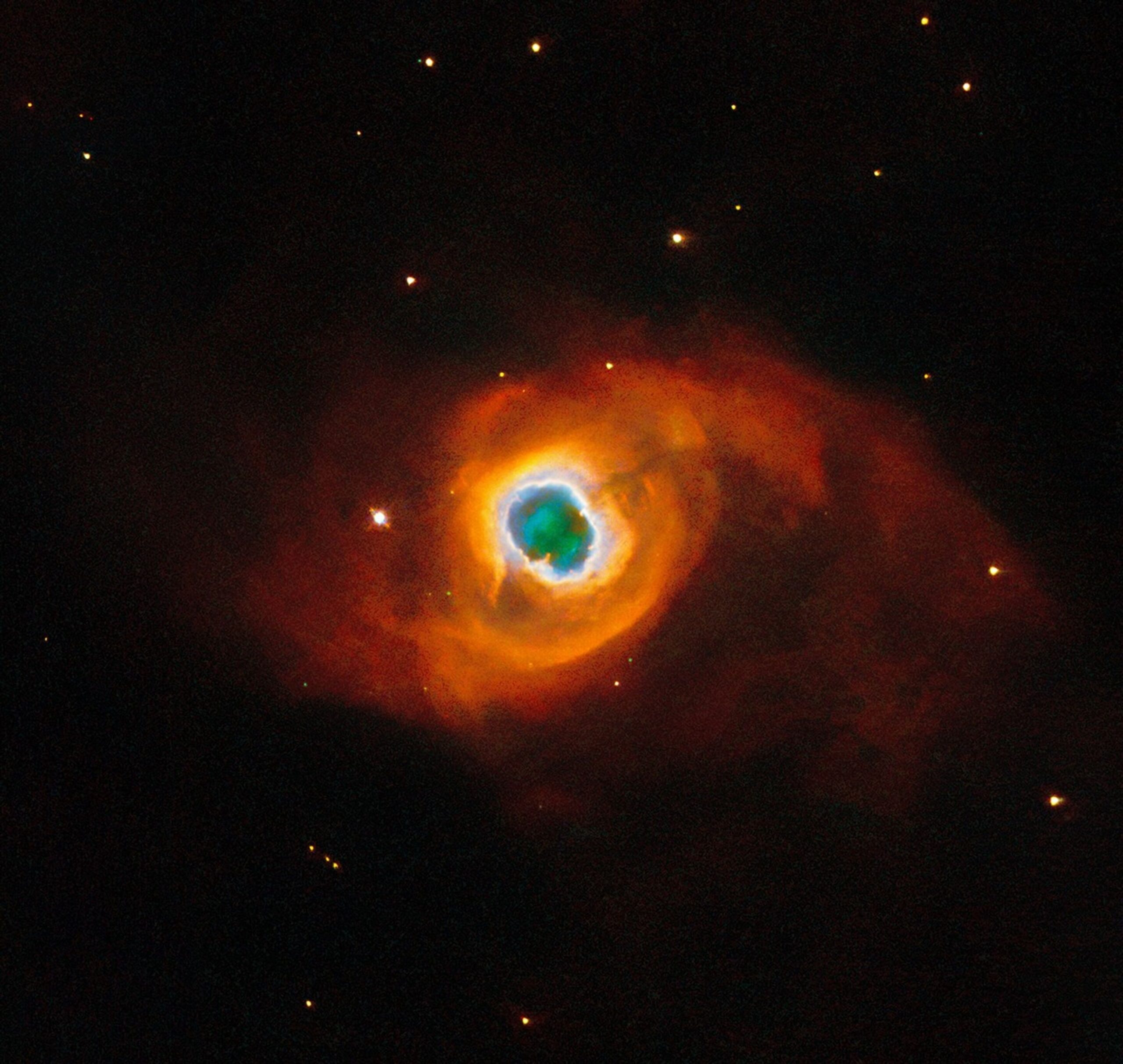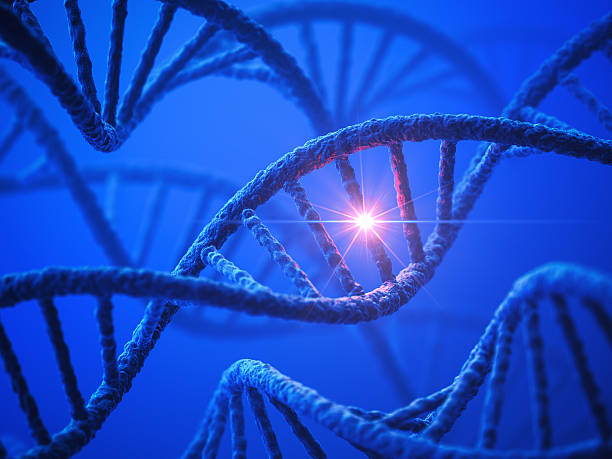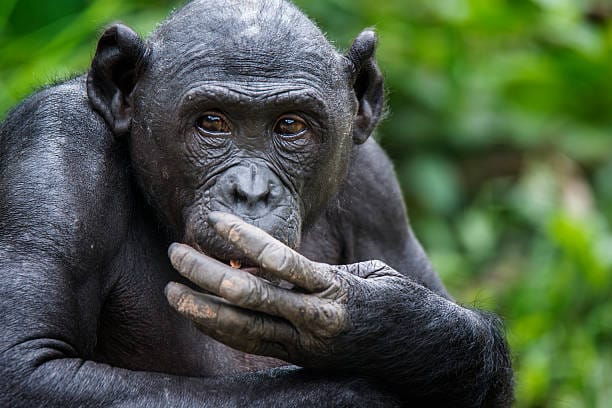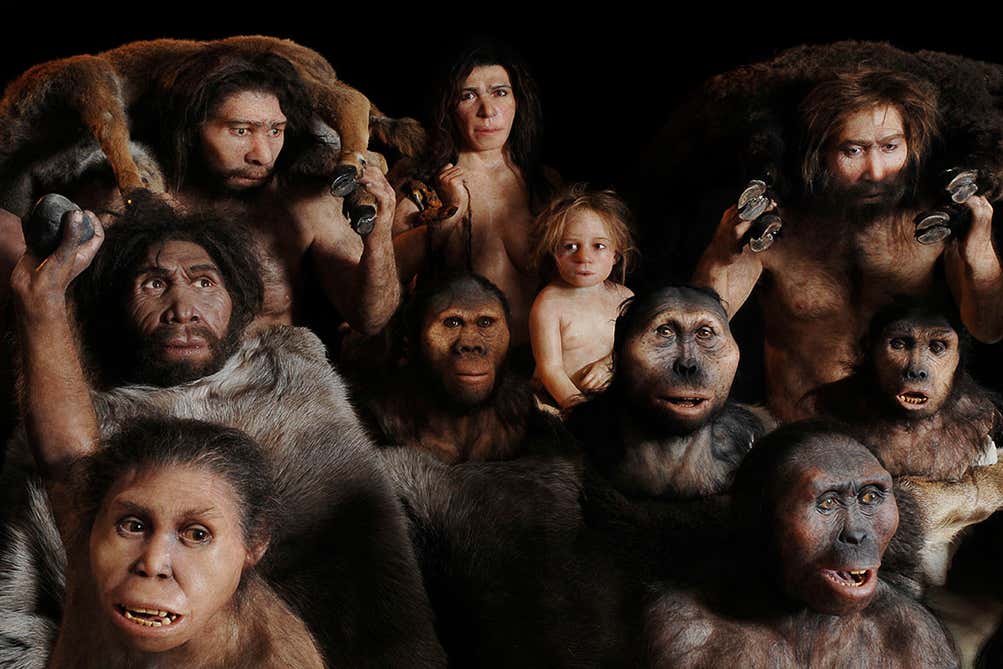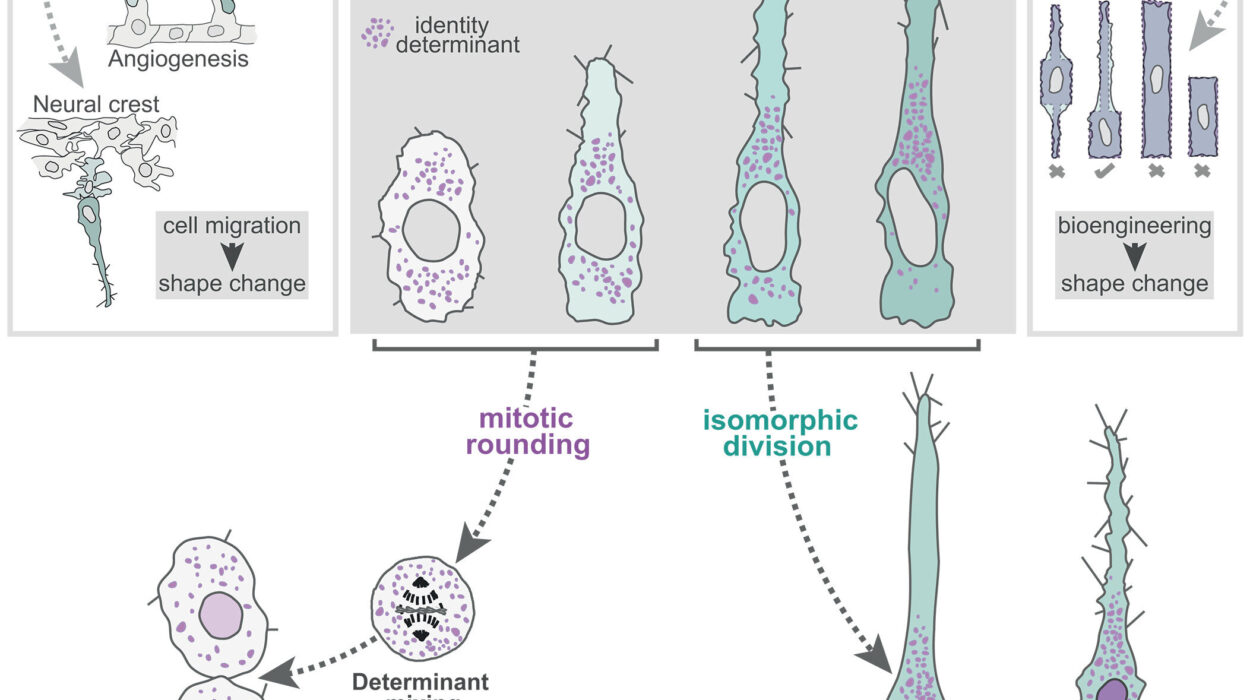In the deep silence of space, where light travels for millennia before it graces human eyes, there lies a ghostly spectacle—a swirling canvas of color that looks as if it were plucked from a dream. This is no artistic rendition, but rather the hauntingly beautiful planetary nebula Kohoutek 4-55, captured in exquisite detail by the NASA/ESA Hubble Space Telescope. Floating 4,600 light-years away in the constellation Cygnus, this cosmic apparition serves as both a stunning portrait of death and a glowing monument to the life of a once-mighty star.
At first glance, the image looks almost surreal—whorls of blue, green, and fiery red seem to ripple like brushstrokes against the black canvas of the universe. It resembles a cosmic whirlpool or a galactic storm painted in oils and lit from within. Yet behind its aesthetic allure is a scientifically rich and poignant tale: the final act in a star’s long, luminous life.
The Cosmic Swan Song: What Is a Planetary Nebula?
Despite their name, planetary nebulae have nothing to do with planets. The term, coined by astronomer William Herschel in the 18th century, was a misnomer born of the limited technology of his time—these glowing shells of gas resembled planets through his telescope’s eyepiece. Today, we know them as the breathtaking remains of sun-like stars.
Kohoutek 4-55, or K 4-55, is one such remnant. This nebula is the result of a dying star’s final outburst. After billions of years of stable fusion, the aging star expanded into a red giant. Once its nuclear fuel—mostly hydrogen and helium—was depleted, the star could no longer support its outer layers. In an explosive act of stellar shedding, it cast these layers into space, creating enormous, glowing clouds of gas and dust.
But this wasn’t the end. The star’s dense, exposed core—now a white-hot ember—emitted intense ultraviolet radiation. This radiation energized, or ionized, the ejected atoms and molecules, causing them to glow brilliantly. That is what we’re seeing in this image: light from charged particles, brought to life by the dying breath of a star.
A Palette of Elements: Reading the Colors of the Cosmos
The swirling hues in the image of Kohoutek 4-55 aren’t just for show; each color corresponds to specific elements, revealed through narrowband filters that isolate distinct wavelengths of light. These filters allow scientists to essentially “map” the elements within the nebula.
- Red and orange hues highlight ionized nitrogen (N II), showing the more extended outer layers of the nebula, gently dissipating into interstellar space.
- Green represents hydrogen (H-alpha), the most abundant element in the universe, forming a glowing ring-like structure closer to the center.
- Blue reveals the presence of doubly ionized oxygen (O III), typically found in hotter regions closer to the central white dwarf, indicating where the star’s intense radiation is strongest.
Kohoutek 4-55 displays a relatively rare triple-layered structure: an intense central ring, a fainter surrounding envelope, and a broad, tenuous halo. This layered morphology suggests multiple episodes of mass loss, possibly shaped by internal stellar winds or interactions with unseen companions such as binary stars or even planets.
The Fleeting Final Act
The planetary nebula phase is a blink in cosmic time—lasting only about 10,000 to 50,000 years. In astronomical terms, this is the equivalent of a candle’s flicker. Soon, the ultraviolet radiation from the exposed core will subside, and the nebula’s glow will fade into darkness. The central star, no longer capable of fusion, will cool and settle into a white dwarf—a dense, Earth-sized stellar relic composed mostly of carbon and oxygen, quietly radiating heat into the void for trillions of years.
This, too, is the destiny of our own Sun—though not for another 5 billion years. One day, it will swell into a red giant, devour Mercury and Venus, perhaps even Earth, and finally cast its outer layers into space. The Sun will become the centerpiece of a nebula not unlike Kohoutek 4-55, a brief celestial bloom signaling its end.
A Final Frame: Hubble’s Farewell with WFPC2
There’s another layer of poignancy in this image—the story of the camera that took it. This stunning view of Kohoutek 4-55 was the last photograph ever taken by Hubble’s Wide Field and Planetary Camera 2 (WFPC2).
Installed during a critical 1993 servicing mission, WFPC2 had replaced Hubble’s flawed original camera and became instrumental in many of the telescope’s most iconic discoveries—capturing everything from newborn stars in the Eagle Nebula to the deep field views of ancient galaxies.
After 16 years of loyal service, the camera was finally removed during Hubble’s final servicing mission in May 2009. Just ten days before astronauts detached it, WFPC2 captured its farewell image—this haunting, colorful glimpse of Kohoutek 4-55. It was a fitting end: a camera documenting the death of a star in its own final moments aboard the space telescope.
Engineers and image specialists later processed the raw data using advanced techniques, transforming the image into the vibrant masterpiece we see today. It was WFPC2’s swan song, much like the nebula it recorded—a final blaze of glory before fading into history.
A Universal Message
What makes images like this so profoundly moving is their layered symbolism. Kohoutek 4-55 is a tale of endings, but also of transformation. From the destruction of a star emerges a nebula that will enrich the surrounding interstellar medium with elements—carbon, nitrogen, oxygen—key ingredients for planets, oceans, and even life.
Every planetary nebula is a reminder that the universe recycles itself. The atoms in your body were once part of stars that lived and died long before Earth existed. In this way, the death of a star like Kohoutek 4-55 is not merely an end but a beginning, sowing the seeds for future stars and worlds.
It also reminds us of the fragile, impermanent nature of existence. Stars are ancient and powerful, yet even they do not last forever. Still, their final moments can give rise to extraordinary beauty—beauty that we, tiny observers orbiting an average star, can witness and contemplate across space and time.
A Legacy in Light
Thanks to instruments like WFPC2 and its successor, Wide Field Camera 3, the Hubble Space Telescope has become humanity’s greatest eye on the cosmos. For over three decades, it has revealed the structure of galaxies, measured the expansion of the universe, and captured the afterglow of stellar deaths like that of Kohoutek 4-55.
Each image is more than data—it’s a message, a story written in light that began its journey thousands, even millions, of years ago. And each one deepens our understanding not just of the universe, but of ourselves: finite beings in an infinite cosmos, bound together by curiosity, stardust, and the desire to know.
So next time you look at a nebula like Kohoutek 4-55, remember: you’re not just seeing the death of a star. You’re witnessing a celestial rite of passage, a cosmic echo of processes that once forged the elements in your bones. In the colors of ionized nitrogen, hydrogen, and oxygen, we glimpse the ongoing cycle of life, death, and rebirth written across the stars.
Kohoutek 4-55 is not merely an image—it’s a story in light, a luminous farewell, and an eternal whisper from the cosmos.
